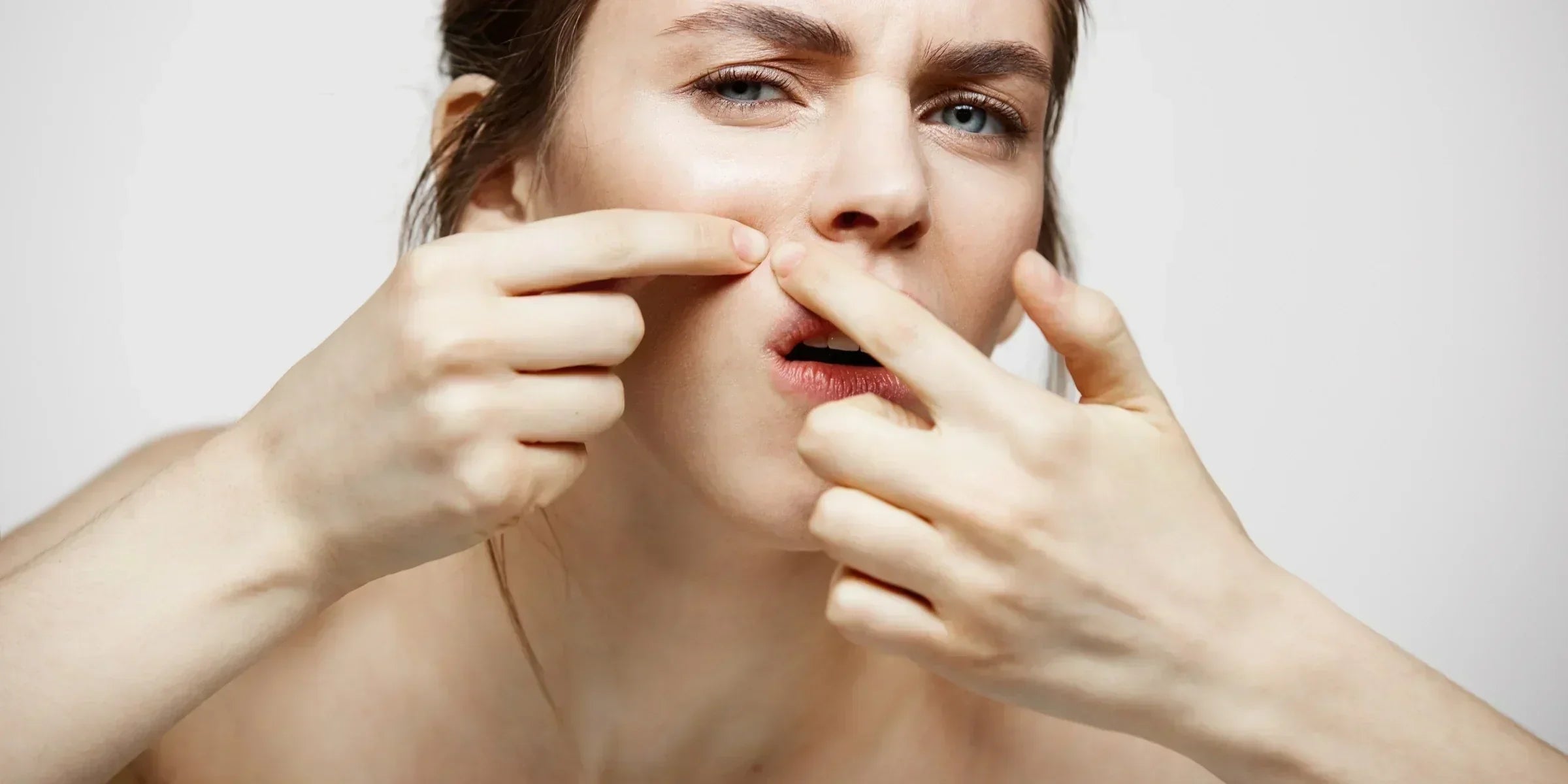Many people wonder if sleeping on a silk pillowcase can help improve acne. The idea is that the smooth, slippery texture of silk may cause less friction against the skin than a typical cotton pillowcase. This reduced friction could theoretically help prevent acne in a few ways.
Silk pillowcases are hypothesized to help improve acne in a few key ways related to the unique properties of silk fabric:
- Silk creates less friction against skin - The exceptionally smooth texture of silk results in less irritation and friction against the skin compared to cotton and other fabrics. Reducing friction can help limit inflammation, redness, and potential breakouts.
- Silk absorbs less oils and moisture - Studies show mulberry silk is highly non-absorbent, meaning it absorbs significantly less skin oils, moisture, and skincare products compared to cotton. This allows your beneficial serums, moisturizers, and acne medications to stay on the skin surface rather than getting soaked into the fabric while you sleep.
- Silk prevents sleep creases - The slippery texture of silk pillowcases results in less sleep creases, wrinkles, and indentation lines on the face and neck compared to cotton. These creases caused by pressure and friction can worsen acne breakouts. Silk's smooth surface minimizes these sleep crease issues.
- Silk stays cleaner - Silk has natural antimicrobial properties that suppress the growth of bacteria, fungi, and dust mites compared to cotton. This can help keep your pillowcase cleaner between washes, as a buildup of oils and microbes can clog pores.
While more research is still needed, these unique properties of silk give it the potential to be an effective natural addition to an acne treatment plan. The minimal friction and non-absorbent nature of silk allows your skin to glide smoothly across the pillowcase, keeping skincare actives on your skin while preventing irritation, creasing, and excess oil buildup.
What Does the Research Say?
While more large-scale studies are still needed, early scientific research on silk pillowcases for acne treatment has shown promising results:
- A small clinical study found sleeping on mulberry silk pillowcases significantly reduced the appearance of sleep creases and wrinkles on the face and neck compared to cotton pillowcases. Limiting these creases could potentially help prevent acne breakouts.
- Friction testing on silk versus cotton fabrics showed silk created substantially less friction on the skin. This provides evidence that silk would cause less irritation and inflammation, two key factors in acne development.
- Lab testing of moisture wicking properties has repeatedly shown that silk is much more non-absorbent than cotton. This indicates skin care products containing acne medications, antioxidants, and beneficial ingredients would remain on the skin rather than absorbing into your pillowcase as you sleep.
- Antimicrobial testing found that mulberry silk has natural antimicrobial properties that suppress microbial growth. This can help prevent buildup of acne-causing bacteria, fungi, and dust mites on your pillowcase.
While silk pillowcases alone won't cure acne, the existing research shows they have properties that can help reduce multiple acne contributing factors. Using silk pillowcases could be a useful addition to your nighttime skincare routine if you struggle with acne breakouts, inflammation, and absorbing skincare products overnight.
Here are some tips on how to use silk pillowcases as part of your acne treatment routine:
- Choose 100% mulberry silk with a thread count of at least 22mm. This highest grade of silk provides the most benefits for skin.
- Wash the silk pillowcase at least once a week, or more if needed, to prevent oil and dirt buildup that clogs pores.
- Use a gentle, fragrance-free detergent and wash on a delicate cycle in cold water to preserve the silk.
- Apply any acne creams, serums or spot treatments before bed so they absorb into your skin overnight rather than the pillowcase.
- Consider using silk pillowcases along with other linen if you tend to get hot at night, as silk doesn't absorb much moisture.
- Try to keep hair products and oils away from the pillowcase as they can still clog pores and cause breakouts.
- Use two silk pillowcases and rotate them each night to allow them to fully dry and prevent bacterial growth.
While silk pillowcases can complement your acne regimen, be sure to still follow your dermatologist's instructions and treatment plan. Maintaining good sleep hygiene, regular washing of linens, and avoiding pore-clogging products will also help prevent breakouts.
When only the best will do, treat yourself to Promeed's 3rd generation 6A+ long strand mulberry silk sheets in 23 mm density. Their quality craftsmanship and ingenious technology delivers the pinnacle of luxury. Your nights will never be the same.
Struggling with Silk Care? Email service@promeed.com for 1-on-1 Guidance

Leave a comment
This site is protected by hCaptcha and the hCaptcha Privacy Policy and Terms of Service apply.